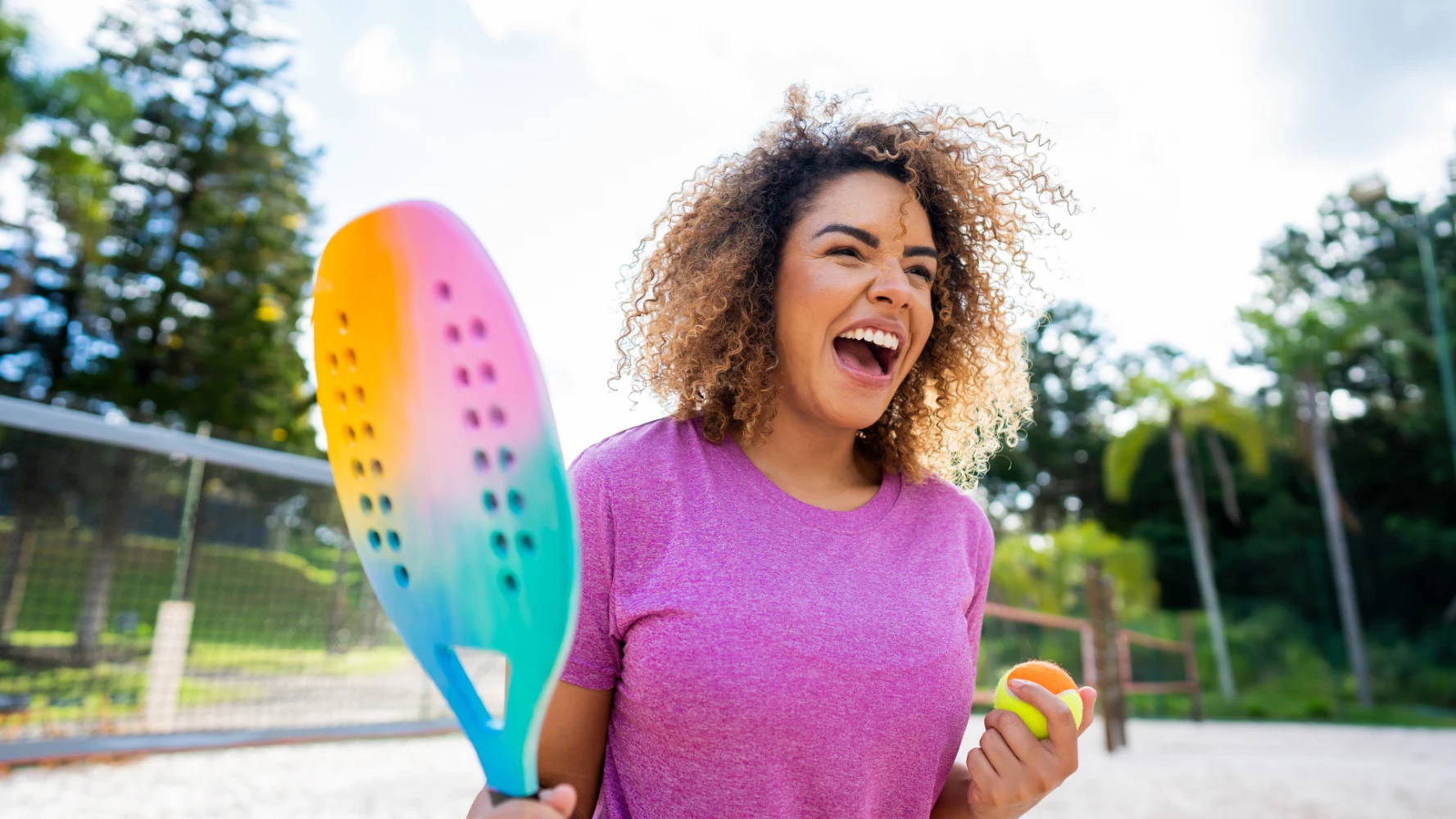Pickleball is a rapidly growing racket sport that combines elements of tennis, badminton, and table tennis. Easy to learn and accessible to everyone, it’s ideal for players of all skill levels. Here’s a guide to help you start off right.
📜 The essential rules of pickleball
-
Pickleball can be played in singles or doubles, on a court similar to a badminton court, but with a lower net. The goal is to score points by sending the ball into the opponent’s court without them returning it correctly.
-
The serve must be hit diagonally and below the waist.
-
The ball must bounce once on each side before players can hit it in the air (volley).
-
There is a restricted area called the "kitchen" near the net where volleys are not allowed.
-
A match is played to 11, 15, or 21 points, with a two-point lead required to win.
🎾 The necessary equipment
To play pickleball, you’ll need:-
A paddle: designed specifically for the sport, lighter and smaller than a padel racket and much thinner. Paddles are usually made of wood, composite, or graphite.
-
A perforated ball: made of plastic with holes, similar to a wiffle ball.
-
A suitable court: similar to a badminton court but with a lower net than in tennis or padel.
🚀 Essential shots to master when starting out
-
Work on your serve: a good serve can destabilize your opponent and give you an advantage from the start.
-
Master the "dink": a soft shot played near the net to prevent the opponent from volleying. It’s a tactical shot requiring precision and patience.
-
Learn the "drop": a shot played from the back of the court to make the ball land in the kitchen, forcing the opponent into a defensive position.
-
The "third shot": a key moment in the rally, as it’s the first volley allowed! You can choose between a drop to neutralize the opponent or a drive to put them under pressure.
-
The "drive": a powerful, fast shot to pressure the opponent, often used from the back of the court.
-
Stay on the move: anticipate your opponent’s shots and position yourself strategically.
Now all you need to do is find three more players (because it’s more fun in a group!) or at least one partner to organize a match and put your learning into practice!




Comments